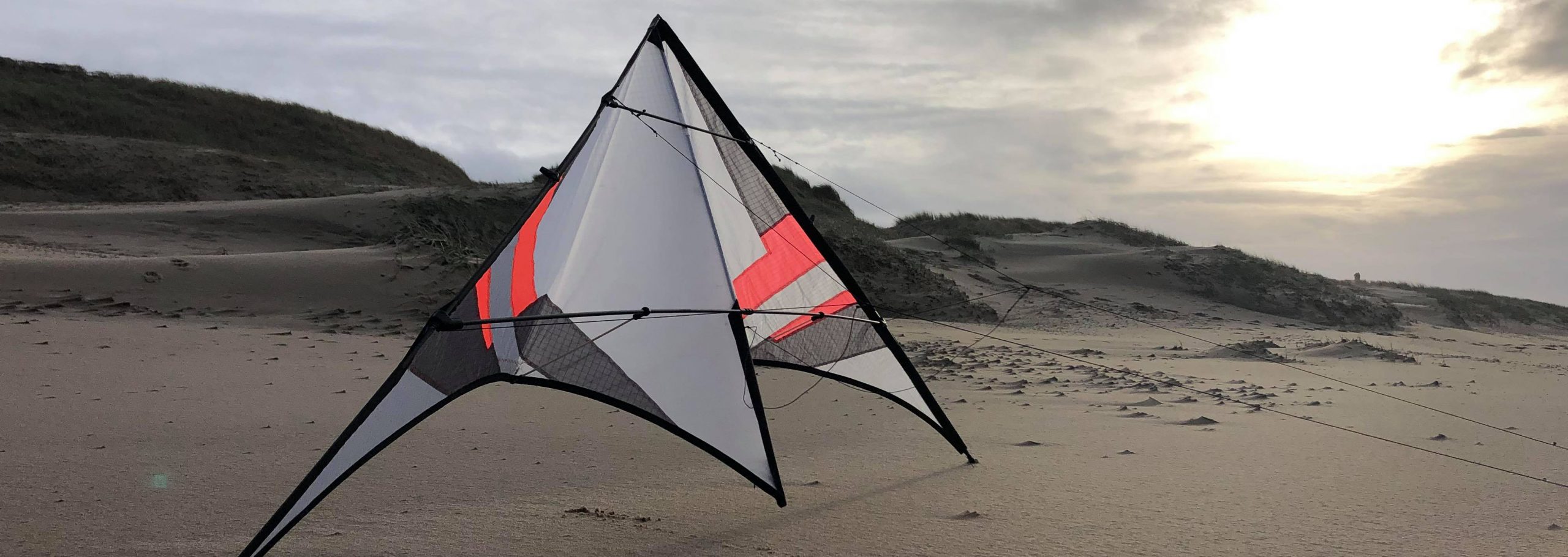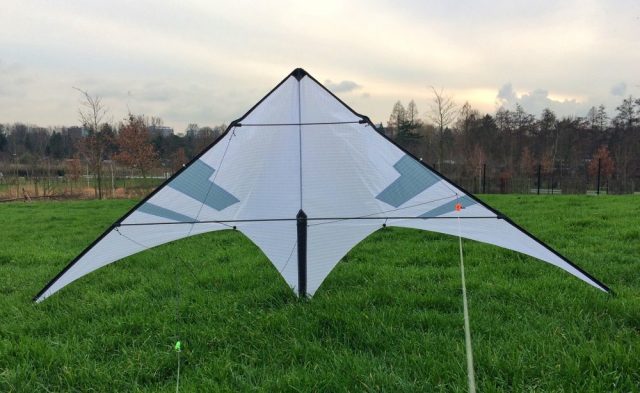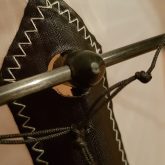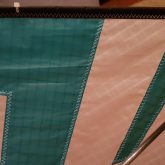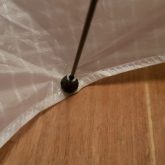The 90Nothing was designed for indoor flying. It works and it is light enough for easy flying, but it is not very floaty. However, outdoors on 5-15 meter lines it is very nice (5 meter in almost no wind, 10-15 meter if there’s a breeze). You can fly in parcs, parking lots, campsites etc. It will give you almost all the tricks, especially when you add a few grams of weight in the tail (try up to 6grams).
Good luck building this fun little kite!
Krijn
Specs
Height: 70 cm
Width: 179 cm
Weight: 80 grams (without tailweight)
Frame
LE: 3 mm carbon hollow ~112 cm (cut to length in kite)
LS: 4mm carbon hollow 109 cm
US: 3 mm carbon hollow 35,5 cm
Spine: 3 mm carbon hollow 64 cm (cut to length in kite)
SO: 2mm carbon rod 20 cm (rod to sail)
Positions
(from nose sewing to bottom of connector)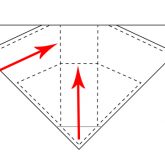
US TAPA 3×3 mm: 23,8 cm
Yoyo stopper: 42 cm (small cable tie)
LS TAPA 3×3 mm: 71,8 cm
Cross: 42 cm
Inner bridle point on spine: 43,5 cm
Bridle
Upper: 44 cm (above upper APA)
Outer: 39,5 cm (below lower APA)
Inner: 50 cm (below cross, see position above)
Details
Sail: Icarex PC31 (mainly white, with only the four colored panels in one color, please follow this color scheme)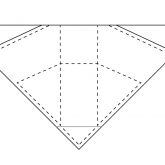
LE tunnel: 2,5 cm black folded ripstop nylon
TE seam: 1 cm folded white Icarex PC31
TE reinforcement: use a folded square of mylar of 2,5×2,5 cm (this goes under the TE seam)
Nose: Kitehouse style laminated dacron 4x4cm folded diagonally. Horizontal spine seam 8 mm from top of nose. Cut off point on back of nose to create the spine tunnel opening.
Leechline: no leechline
Tailweight: experiment with up to 6 grams
Building Notes
- Stitch the panels with a small zig-zag stitch.
- The centrecross is a 6mm endcap with a few holes for spine and spreader. Use a o-ring or cut off vinyl endcap to mark the position of the centercross on the LS.
- Same for standoffconnectors, I made them from 2mm and 3mm endcaps.
